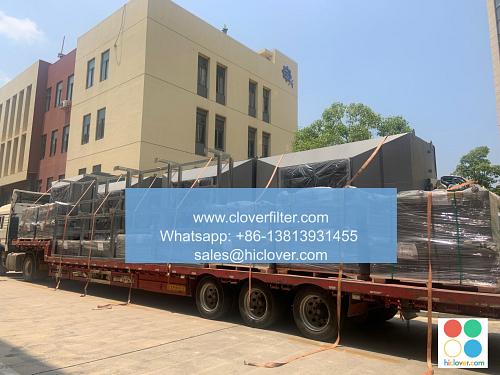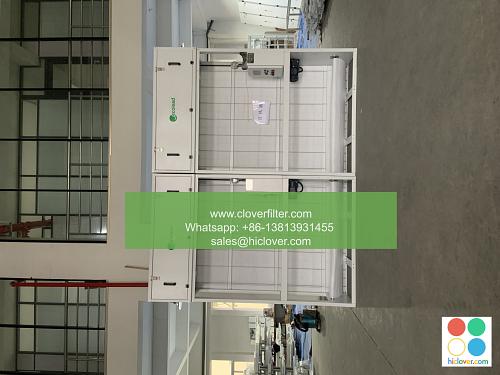The Wrong Solution: How Air Filters are Contributing to Climate Change

The Wrong Solution: How Air Filters are Contributing to Climate Change
The Unintended Consequences of Attempts to Improve Air Quality
In recent years, there has been a growing awareness of the importance of air quality and the need to reduce pollution and protect the environment. One of the most common solutions to this problem is the use of air filters. However, despite their good intentions, air filters are actually having a significant impact on the environment and contributing to climate change. In this article, we will explore the unintended consequences of air filters and the steps that must be taken to mitigate these effects.
How Air Filters Are Affecting the Environment
Air filters are designed to capture pollutants and prevent them from entering the atmosphere. However, the process of manufacturing and disposing of these filters has a significant carbon footprint. The extraction and processing of materials, such as activated carbon and fiberglass, used to make filters require large amounts of energy and water. Additionally, the disposal of used filters can contribute to the already overflowing landfills, where they can take hundreds of years to decompose.
The Carbon Footprint of Air Filters
A single air filter can have a carbon footprint of up to 10 kilograms of CO2 equivalent, which is equivalent to the emissions from driving a car for 100 kilometers. With the average household possessing multiple air filters, the cumulative impact is significant. In fact, estimates suggest that the production and disposal of air filters each year could be responsible for up to 1.4 million tons of CO2 emissions globally.
The Energy Consumption of Air Filters
Moreover, air filters require energy to operate. The average air purifier consumes up to 50 watts of power, which may not seem like a lot, but it is equivalent to the energy required to power a small refrigerator. With millions of air purifiers in use worldwide, the cumulative energy consumption is substantial. In fact, it is estimated that the energy consumption of air purifiers could power 1.2 million homes for a year.
Alternatives to Air Filters
So, what can be done to mitigate the negative impact of air filters on the environment? There are several alternatives and solutions available:
- Activated Almond Hulls: These natural, biodegradable filters can capture pollutants and odors without the need for synthetic materials.
- Carbon Dioxide Capture Technologies: These technologies can capture CO2 emissions from the air, reducing the amount of greenhouse gases in the atmosphere.
- Biological Air Purification: This method uses microorganisms to break down pollutants, making it a more natural and sustainable alternative.
Conclusion
While air filters were intended to improve air quality, they have inadvertently contributed to climate change. It is essential to recognize this and take steps to mitigate the negative impact. By exploring alternatives like activated almond hulls, carbon dioxide capture technologies, and biological air purification, we can reduce our reliance on air filters and work towards a more sustainable future. It’s time to rethink our approach to air pollution and move towards a more environmentally friendly solution.
Takeaway Key Points
- Air filters have a significant carbon footprint and contribute to climate change
- Alternatives like activated almond hulls, carbon dioxide capture technologies, and biological air purification are available
- By switching to these alternatives, we can reduce our reliance on air filters and work towards a more sustainable future
Application Areas
- Home and commercial buildings
- Industrial processes and manufacturing
- Transportation and energy generation
- Agricultural and environmental conservation
Action Items
- Install activated almond hulls or natural filtration systems in homes and commercial buildings
- Invest in carbon capture technologies for industrial processes and gas turbines
- Support research and development of biological air purification methods
- Educate the public on the unintended consequences of air filters and the importance of sustainable solutions
In conclusion, while air filters were meant to improve air quality, it is crucial to recognize that they have negative environmental implications. By exploring alternatives and working towards a more sustainable future, we can reduce our carbon footprint and contribute to a healthier planet.
I’m excited to help! What would you like to talk about or ask? Do you have a specific topic in mind, or are you looking for some inspiration?


